In the Garden: Essays on Nature and Growing
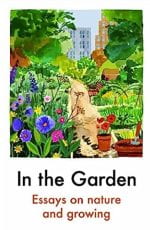
This is a book of 14 essays written during and post-covid, exploring what green spaces and gardening mean to 14 different writers. Taken altogether, it illustrates our need for gardens, whether they belong to us or not, and what they can do for us. I didn’t think there was anything really stand out in the essays, in fact at times I was just confused, but there were things worth a mention.
I enjoyed Nigel Slater’s view of his garden and the changes he has made over the decades. After all, what is gardening if it is not a response to what is going on outside. He talks about the three iterations that have been the garden and why it has changed and settles on the fact that possibly it is in its final form. I bet it isn’t.
I also enjoyed Caroline Craig’s exploration of gardening in Provence, France. She starts off with the romance of it but moves to the toll it takes on the landscape and wildlife. As the place becomes drier and drier, water is needed, chemicals are sprayed and run-off continues. What may appear idyllic is frequently not. And we know that we are losing plants and insects at an alarming rate. The essay introduced me to an article in the Guardian about the theft of a small water lily – it sounding a bit like tulip mania with vast amounts of money exchanged for one bulb of the illusive, must-have plant. It does, also, have the best explanation of the reason why losing just one species of plant is a disaster
He tried to explain extinction in terms that I might understand. Each chromosome is a letter. Each gene is a word. Each organism is a book. “Each plant that is dying contains words that have only been spoken in that book,” he said. “So one plant goes, one book goes, and also one language goes and perhaps a sense of words that we will never understand.
Why would someone steal the world’s rarest water-lily? by Sam Knight in The Guardian in discussion with Carlos Magdalena
What a wonderful explanation.
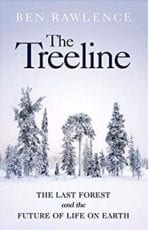
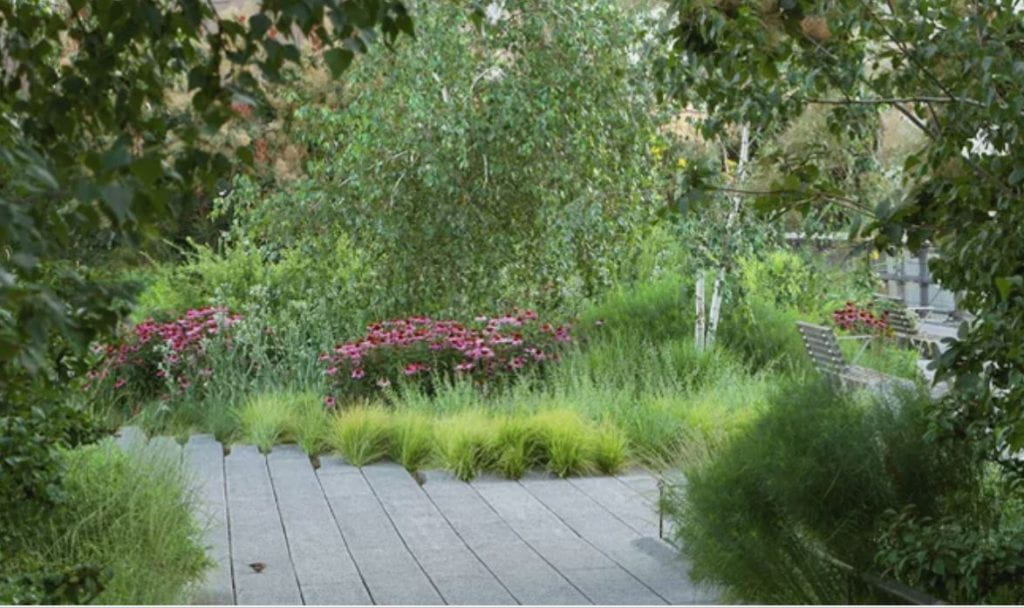
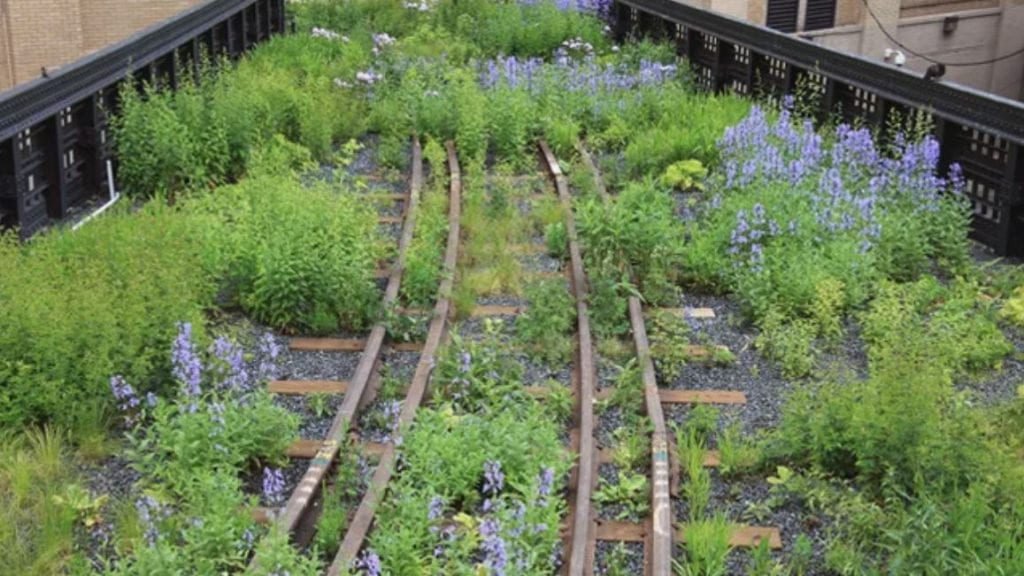
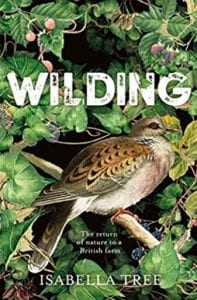 A volunteer who works with me on the wildlife plot suggested I read
A volunteer who works with me on the wildlife plot suggested I read 
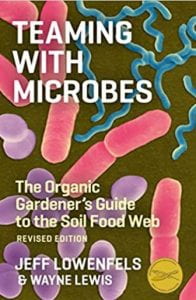 I was given a couple of books for Christmas about soil. I read the fun-looking one a while ago but left the more serious one,
I was given a couple of books for Christmas about soil. I read the fun-looking one a while ago but left the more serious one, 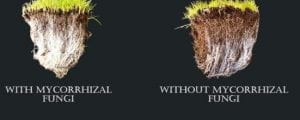
 The best way to support fungi is to spread a compost made with more brown material than green with the addition of rock dust if you have it. After this has been spread you could then mulch with wood chippings which will break down more slowly. I was thinking about raspberry canes when I read this.
The best way to support fungi is to spread a compost made with more brown material than green with the addition of rock dust if you have it. After this has been spread you could then mulch with wood chippings which will break down more slowly. I was thinking about raspberry canes when I read this.